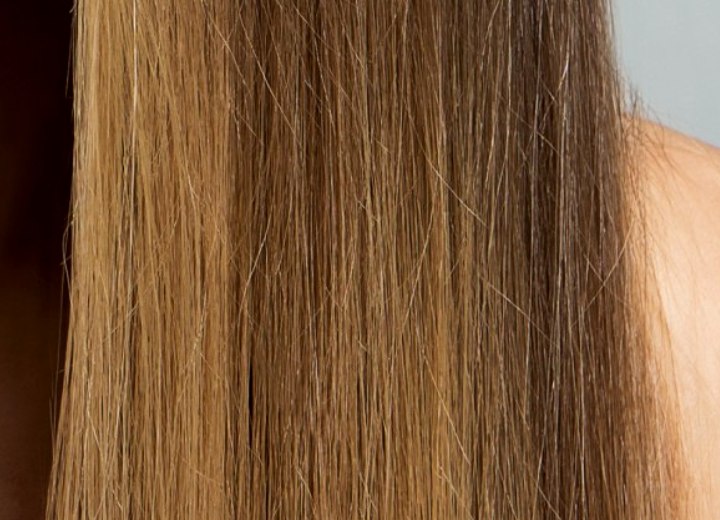Different Straightening Methods

Q: I was telling one of my friends that I want to get the Japanese Straightening done to my hair and she said that I should just get a straight perm because the Japanese thing is so expensive.
My friend is Asian and she says she uses straight perms and I'm black and normally get relaxers and I asked her what was the difference, but she wasn't sure. So, I was just wondering what the difference is between a relaxer and a straight perm and is a straight perm different from the Japanese Straightening thing?
A: Well, the relaxer performed on African-ethnic hair is typically formulated using hydroxide-based compounds to permanently break the chemical side bonds in the hair shaft in order to remove curl and wave from the hair.
The difference in a straight perm and a curly perm is the use of or absence of perm rods or other wrapping tools to reshape the hair into a curl pattern. The straight perm is designed to remove the existing curl in the hair and usually involves combing the hair gently while the hair is processed.
The Japanese Straightening method uses some similar components to the straight perm/curly perm formula, but adds several additional steps, such as thermal ironing and protein bonds, etc.
However, since hydroxide relaxers and permanent wave formulas are NOT compatible, you cannot have a straight perm applied to relaxed hair, nor can you have a Japanese Straightening. In order to perform a perm service over a relaxer, you would have to grow out and cut off any portion of the hair that has been treated with the relaxer.
I also hate to have to inform you that Japanese Straightening is not possible on African-ethnic hair. It is incompatible with the texture and structure of African-ethnic hair. The hair simply cannot withstand the process. This is according to the Yuko Systems website. Yuko Systems is one of the three makers of the Japanese Straightening system and is the originator of the process.
©Hairfinder.com
{Update: In previous articles and question responses, we have stated that Yuko Systems did not consider the Thermal Restructuring Service to be suited to African-Ethnic hair types. This information came directly from the Yuko Systems website. In addition, a call placed to a Customer Service professional at the Yuko Systems Training Academy where they teach the process, confirmed and clarified the restriction. Specific wave patterns found in African-Ethnic hair are not suited to the Thermal Restructuring Process and can be damaged by the service if attempted.
However, a recent reader questioned the validity of this statement since the Yuko Systems website no longer restricts African-Ethnic hair and says that the process is suitable to any hair type. I have once again spoken to a representative of the Yuko System Training Academy and once more verified that while their website has removed a statement that they felt was unfairly restrictive (given the wide range of wave patterns found in African-Ethnic hair) the problems with very tightly coiled and very kinky hair types is still at issue.
It is important that you see a professionally trained provider of these services to ensure that you do not damage your hair. Part of the Yuko Systems training is to teach stylists who perform the process how to properly determine which hair types are suited to the process and which are at risk for damage. For more information or to contact Yuko Systems you can go to http://www.yuko-usa.com.}